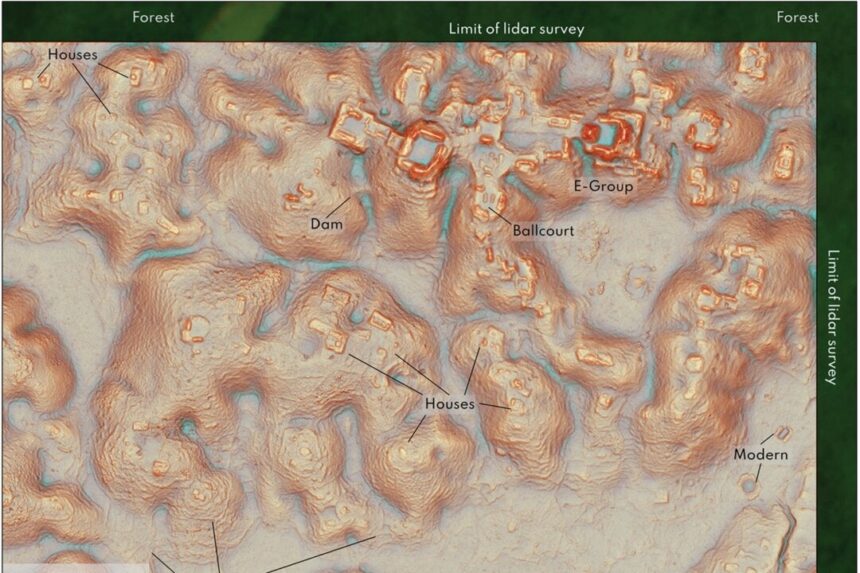
Archeologists in Mexico have made a significant discovery of a lost Mayan city deep in the southern jungle of Campeche. Named Valeriana, this sprawling urban settlement is filled with architectural wonders and agricultural infrastructure.
Significance of the Discovery
The finding of this bustling urban landscape challenges existing knowledge about the density and prevalence of ancient Mayan settlements. Valeriana was uncovered through Lidar technology, which uses lasers to map and analyze archaeological landscapes.
The data used for the study was derived from 47 square miles of high-quality airborne Lidar data collected in 2013 as part of the Alianza forest monitoring project led by the Nature Conservancy in Mexico.
Notable Quotes
“We argue that the Alianza data demonstrate a range of ancient settlement densities comparable to those documented by site-focused archaeological survey in the region, from nearly vacant rural landscapes to dense urban areas,” the researchers stated in their study published by Cambridge University Press.
“The discovery of Valeriana highlights the fact that there are still major gaps in our knowledge of the existence or absence of large sites within as-yet unmapped areas of the Maya Lowlands,” they added.
Background Information
Lidar technology revealed a sprawling urban settlement with impressive architecture and agricultural infrastructure. The classical-era Maya civilization flourished between 250 and 900 AD, encompassing present-day southern Mexico, Belize, El Salvador, Guatemala, and Honduras.
Factual Data
The analysis of the archaeological site revealed a settlement density of 55.3 structures per sq km, with a total of 6,764 structures identified. This indicates the presence of a densely populated ancient city.
Future Prospects
The researchers plan to conduct further detailed quantitative analysis of the archaeological features within the dataset and validate their remote analysis through fieldwork. This discovery serves as a crucial step in understanding ancient Mayan urbanization and settlement patterns.





